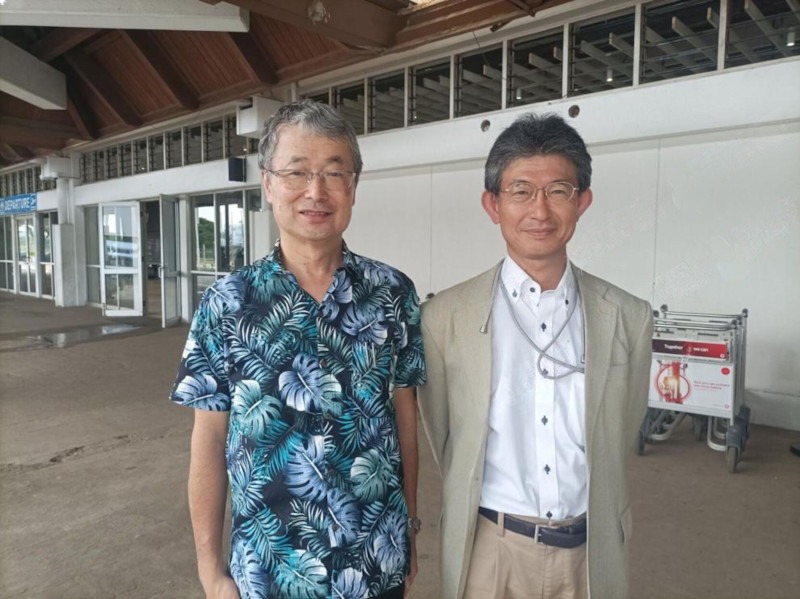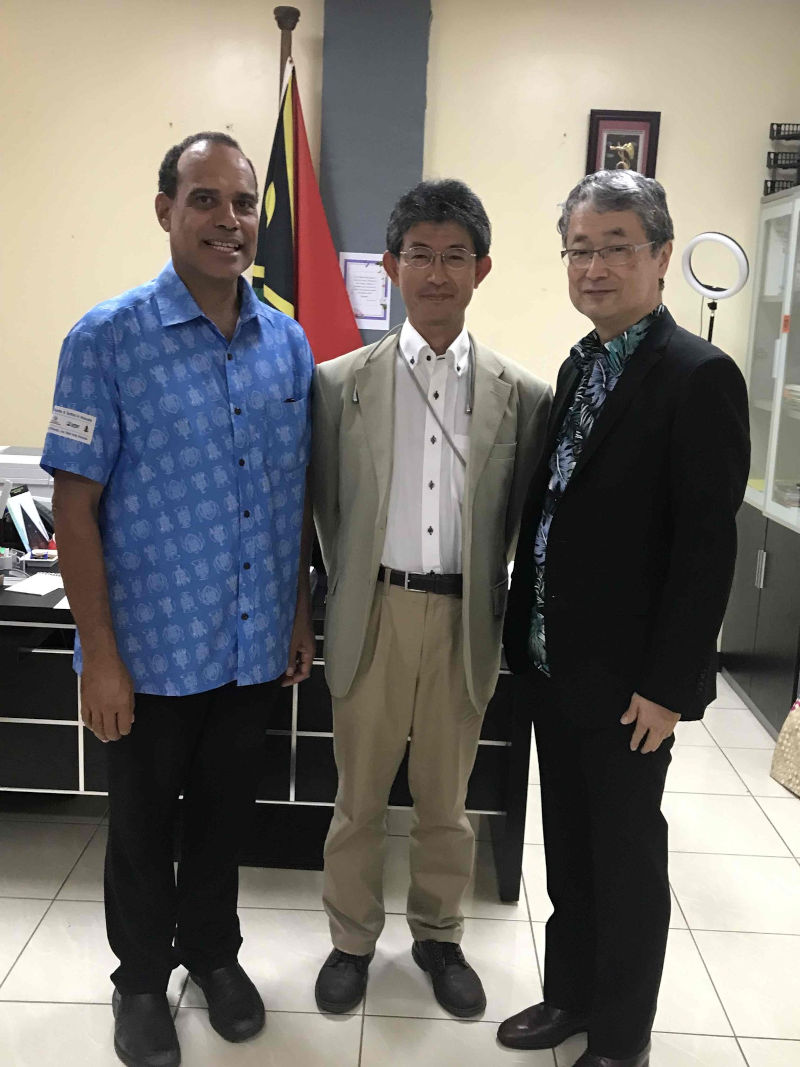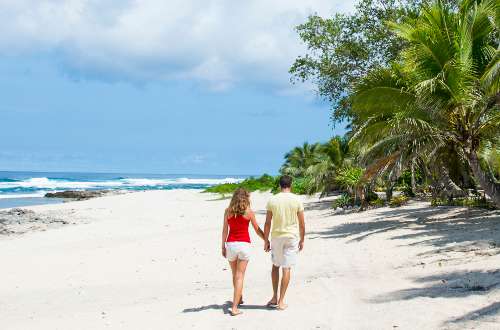
Richard Butler | Exclusive Report by ADORINA MASSING of DAILY POST VU | 4TH MARCH, 2025
A Japanese Professor and Deputy Director of the Centre for Climate Change Adaptation, Dr. Jun Nishihiro, has highlighted the importance of integrating both natural and man-made infrastructure in disaster recovery efforts.
He emphasized that combining these approaches can enhance resilience and provide more sustainable solutions to climate-related challenges.
He made these remarks during a lecture on Nature-Based Solutions (NBS) for climate change adaptation with the Vanuatu Meteorology and Geo-Hazards Department (VMGD).
While not familiar with Vanuatu’s specific environmental conditions, Dr Nishihiro presented global and Japanese examples of NBS applications, which included using mangroves for coastal protection, forests for slope stabilization, and wetlands for flood regulation.
The presentation aimed to introduce the NBS concept and highlight its potential benefits to enhance disaster resilience.
According to his lecture, Mangroves are considered a powerful NBS because; they absorb wave energy which reduce tsunami and storm surge impacts. They prevent coastal erosion, they are cost-effective flood defenses, which are cheaper and more sustainable than seawalls. They support marine biodiversity, by providing habitats for fish and coastal species and they enhance carbon storage, by acting as a natural carbon sink for climate mitigation.

Another key NBS is vegetation, which helps prevent Landslides; the root systems stabilize soil and prevents erosion and slope failure, the forests regulate water absorption, reduces runoff and prevents soil saturation.
They are natural barriers against landslides, such as trees, shrubs and ground cover which protect infrastructure and communities. It enhances biodiversity and ecosystem resilience, it is cost-effective instead of installing retaining walls, which in turn provides sustainable, long-term protection.
The last key NBS is by building Green Infrastructure which helps urban resilience and reduces urban flooding by absorbing and slowing down rainwater runoff. It also recharges groundwater by allowing water infiltration and replenishing underground reserves. It Lowers urban temperatures, where trees and vegetation provide natural cooling and shade. It enhances biodiversity and air quality which supports urban ecosystems and reduces pollution, and most importantly, it is cost-effective and sustainable.
Other key benefits include cost-effective alternative to traditional infrastructure, how it enhances biodiversity and ecosystem resilience, and lastly, it reduces disaster risks while supporting natural recovery.
“Unlike expensive concrete seawalls, natural solutions are more accessible to communities and can be supported by international funding mechanisms,” the Doctor said.
He then encouraged Vanuatu to explore these funding opportunities from international partners to implement NBS effectively.
Dr Nishihiro also highlighted the potential for Japan to gain insights from Vanuatu’s experiences.
“The lecture shows the possibility of combining man-made and nature-based infrastructure to create a hybrid approach, leveraging the strengths of both, to ensure the most effective strategy for long-term resilience against climate-related disasters,” he added.





